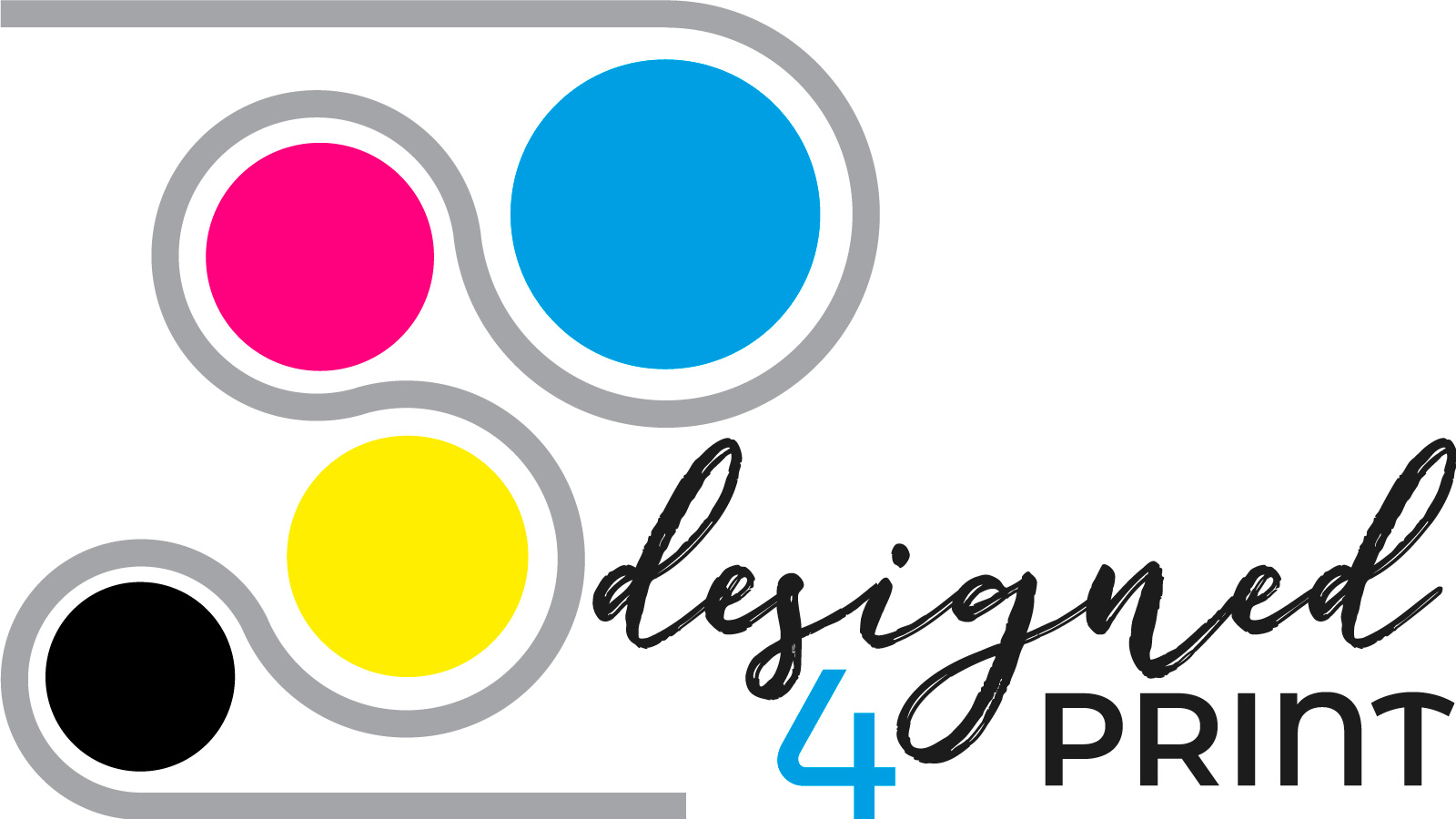Scanning has become an essential tool for designers in today’s digital age. Whether you’re a graphic designer, illustrator, or photographer, the ability to scan images and documents is crucial for creating high-quality designs. However, scanning can be a tricky process, and many designers struggle to achieve the best results. In this article, we’ll discuss the top 5 scanning tips for designers to help you get the most out of your scanning process.
1. Clean your scanner
One of the most important scanning tips for designers is to ensure that your scanner is clean. Dust, dirt, and smudges on the scanner glass can result in poor image quality and unwanted artifacts in your scans. Before you start scanning, take a few minutes to clean the scanner glass with a soft, lint-free cloth and some glass cleaner. Make sure to also clean the lid and any other parts of the scanner that may come into contact with your documents or images. By keeping your scanner clean, you can ensure that your scans are crisp, clear, and free of any unwanted imperfections.
2. Adjust the settings
Another important scanning tip for designers is to adjust the settings on your scanner to achieve the best results. Most scanners come with a variety of settings that allow you to customize the resolution, color mode, and other parameters of your scans. Before you start scanning, take the time to experiment with these settings to find the optimal configuration for your specific needs. For example, if you’re scanning a high-resolution image for print, you may want to set the resolution to 300 dpi or higher. If you’re scanning a document for digital use, you may want to use a lower resolution to reduce file size. By adjusting the settings on your scanner, you can ensure that your scans are of the highest quality and meet your specific requirements.
3. Use a preview scan
One of the most useful scanning tips for designers is to always use a preview scan before making your final scan. A preview scan allows you to see a low-resolution version of your document or image before committing to a full scan. This can be helpful for checking the composition, color balance, and other aspects of your scan before finalizing it. By using a preview scan, you can make any necessary adjustments to the settings or positioning of your document or image to ensure that the final scan meets your expectations. This can save you time and effort in the long run by avoiding the need to rescan your documents or images.
4. Scan in batches
If you have multiple documents or images to scan, one of the best scanning tips for designers is to scan them in batches. Scanning in batches can save you time and effort by allowing you to scan multiple items at once, rather than scanning each item individually. This can be especially useful if you have a large number of documents or images to scan, as it can help you streamline the scanning process and increase your efficiency. To scan in batches, simply place multiple items on the scanner glass at once and use the scanning software to select the individual items for scanning. This can help you save time and ensure that all of your documents or images are scanned quickly and accurately.
5. Save in the right format
Finally, one of the most important scanning tips for designers is to save your scans in the right format. The format in which you save your scans can have a significant impact on the quality and usability of your images or documents. For example, if you’re scanning a photograph or other image for print, you may want to save it in a high-quality format such as TIFF or PNG to preserve the image quality. If you’re scanning a document for digital use, you may want to save it in a more compressed format such as JPEG to reduce file size. Before saving your scans, consider how you plan to use them and choose the appropriate format accordingly. By saving your scans in the right format, you can ensure that they are suitable for their intended purpose and maintain their quality over time.
In conclusion, scanning is an essential tool for designers, but it can be a complex process. By following these top 5 scanning tips for designers, you can improve the quality of your scans, save time and effort, and achieve the best results possible. Remember to clean your scanner, adjust the settings, use a preview scan, scan in batches, and save in the right format to ensure that your scans meet your specific needs and requirements. With these tips in mind, you can take your scanning skills to the next level and create high-quality designs that stand out from the crowd.
For more information on Scanning contact us anytime:
Designed4Print Ltd
https://www.designed4print.com/
+44 020 3916 5206
Borehamwood, Radlett, Bushey, Potters Bar, Hertfordshire, Barnet, Finchley, Mill Hill, Hampstead, London, United Kingdom
Unleash your creativity with Designed4Print.com – where imagination meets innovation. Get ready to experience a whole new world of stunning and personalised printed designs. Revolutionise your print projects with cutting-edge technology and a seamless user experience. Stay tuned for the grand unveiling – your print dreams are about to come to life!

